- Back to Home »
- Obama's right on climate change
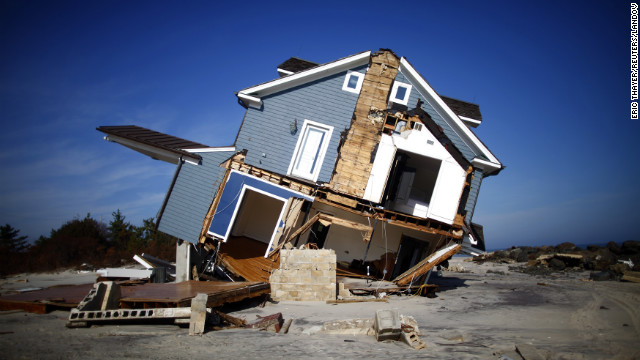 A home that was destroyed by Hurricane Sandy sits in ruin in Mantoloking, New Jersey, on November 12, 2012. There were 11 disaster events in 2012, each one causing more than $1 billion in damages, the National Climatic Data Center said. Sandy's costs are estimated to be the highest at about $65 billion in losses, the center said.
A home that was destroyed by Hurricane Sandy sits in ruin in Mantoloking, New Jersey, on November 12, 2012. There were 11 disaster events in 2012, each one causing more than $1 billion in damages, the National Climatic Data Center said. Sandy's costs are estimated to be the highest at about $65 billion in losses, the center said. 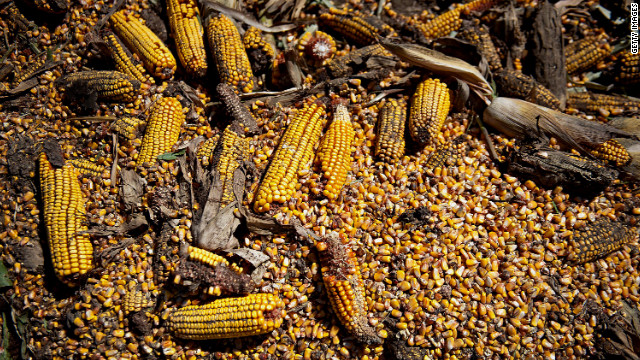 Corn killed during drought covers a field in Le Roy, Illinois, on September 11, 2012. The yearlong drought plagued more than half the country and was the most extensive drought to affect the United States since the 1930s, the center said. Its costs are estimated at $30 billion.
Corn killed during drought covers a field in Le Roy, Illinois, on September 11, 2012. The yearlong drought plagued more than half the country and was the most extensive drought to affect the United States since the 1930s, the center said. Its costs are estimated at $30 billion.  A helicopter drops water over the Waldo Canyon Fire northwest of Colorado Springs on June 27, 2012. The Western wildfires that devastated parts of Colorado, Idaho, Wyoming, Montana, California, Nevada, Oregon and Washington are expected to bring costs of about $1 billion.
A helicopter drops water over the Waldo Canyon Fire northwest of Colorado Springs on June 27, 2012. The Western wildfires that devastated parts of Colorado, Idaho, Wyoming, Montana, California, Nevada, Oregon and Washington are expected to bring costs of about $1 billion. 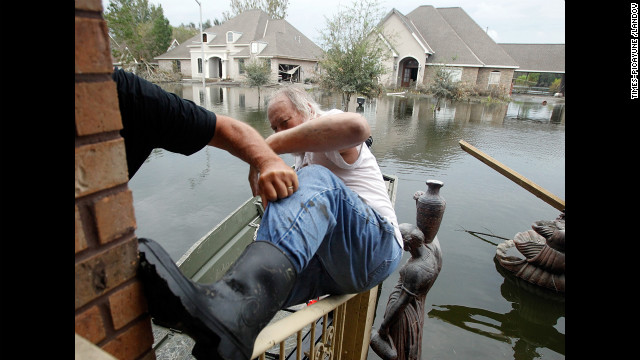 Fred Leslie is helped into a boat after retrieving items from his home, which flooded during Hurricane Isaac on September 5, 2012, in the Braithwaite neighborhood of New Orleans. Hurricane Isaac caused an estimated $2.3 billion in damage.
Fred Leslie is helped into a boat after retrieving items from his home, which flooded during Hurricane Isaac on September 5, 2012, in the Braithwaite neighborhood of New Orleans. Hurricane Isaac caused an estimated $2.3 billion in damage. 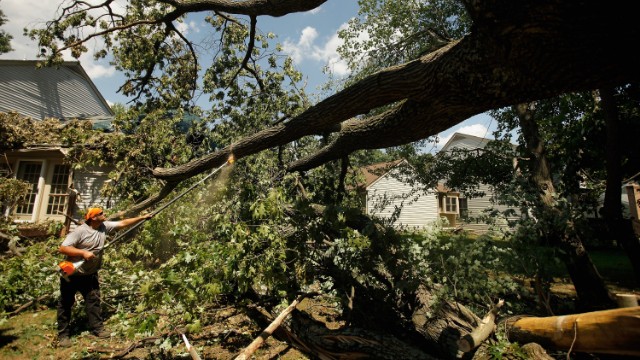 Leveled trees are cleared from an area of Silver Spring, Maryland, on July 2, 2012. An outbreak of thunderstorms and high winds that rolled through Central, Eastern, and Northeastern states June 29 through July 2 last year caused an estimated $2.9 billion in losses.
Leveled trees are cleared from an area of Silver Spring, Maryland, on July 2, 2012. An outbreak of thunderstorms and high winds that rolled through Central, Eastern, and Northeastern states June 29 through July 2 last year caused an estimated $2.9 billion in losses. 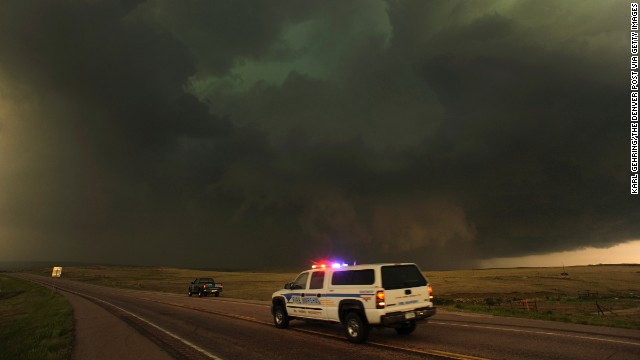 Dark storm clouds producing rain, hail and lightning move east of Calhan, Colorado, on June 7, 2012. Severe storms and damaging hail hit Colorado, New Mexico and Texas in June 2012, causing about $2.6 billion in damage.
Dark storm clouds producing rain, hail and lightning move east of Calhan, Colorado, on June 7, 2012. Severe storms and damaging hail hit Colorado, New Mexico and Texas in June 2012, causing about $2.6 billion in damage. 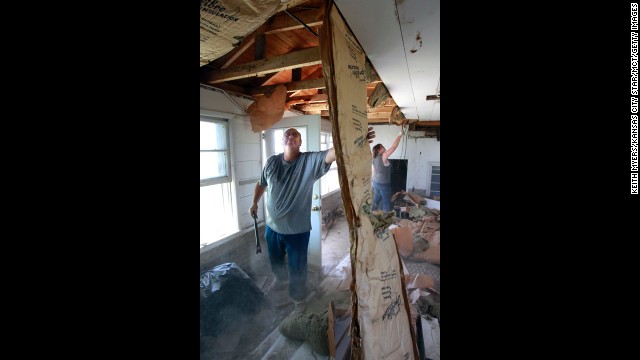 Delbert Wilcox, left, and his granddaughter Samantha Vermillion work to salvage lumber and wiring from the home of Ken Knox on May 30 in northern Platte County, Missouri. Severe weather from the Plains to the Northeast in late April and late May 2012 caused an estimated $3.3 billion and $2.3 billion in losses, respectively.
Delbert Wilcox, left, and his granddaughter Samantha Vermillion work to salvage lumber and wiring from the home of Ken Knox on May 30 in northern Platte County, Missouri. Severe weather from the Plains to the Northeast in late April and late May 2012 caused an estimated $3.3 billion and $2.3 billion in losses, respectively. 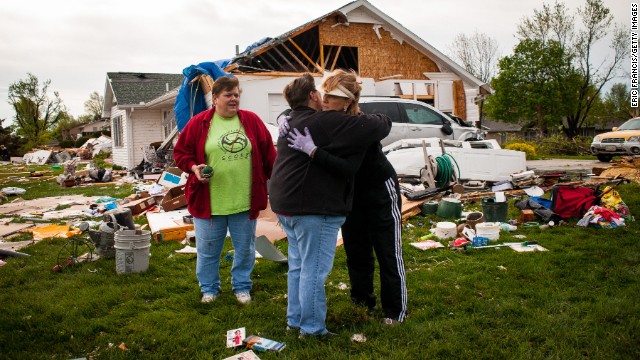 Two women embrace while surveying the damage left in the wake of a tornado that hit Creston, Iowa, on April 15, 2012. An outbreak of tornadoes in the Midwest on April 13 and April 14 caused about $1.1 billion in losses.
Two women embrace while surveying the damage left in the wake of a tornado that hit Creston, Iowa, on April 15, 2012. An outbreak of tornadoes in the Midwest on April 13 and April 14 caused about $1.1 billion in losses. 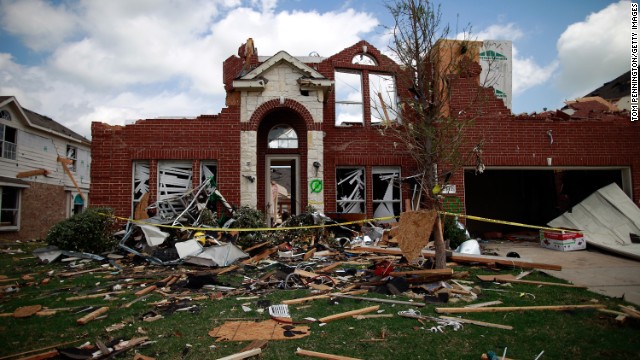 A tornado-damaged home in Forney, Texas, lies in ruin on April 4, 2012. Tornadoes across the greater Dallas-Fort Worth area in early April caused an estimated $1 billion in damage.
A tornado-damaged home in Forney, Texas, lies in ruin on April 4, 2012. Tornadoes across the greater Dallas-Fort Worth area in early April caused an estimated $1 billion in damage. 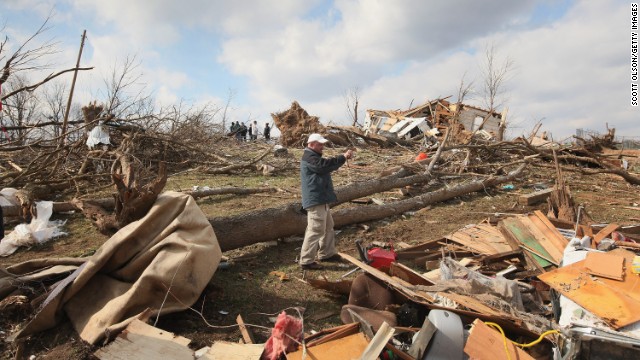 Insurance adjuster Mark Ricketts photographs a home destroyed by a tornado in Henryville, Indiana, on March 4, 2012. Tornadoes and severe weather that struck the Ohio valley and southeast on March 2 and March 3 caused about $3.1 billion in losses.
Insurance adjuster Mark Ricketts photographs a home destroyed by a tornado in Henryville, Indiana, on March 4, 2012. Tornadoes and severe weather that struck the Ohio valley and southeast on March 2 and March 3 caused about $3.1 billion in losses. - Chris Field: U.S. urgently needs to heed Obama's Climate Action Plan
- He says we've been pumping massive amounts of CO2 into atmosphere since 1800s
- He says our buildings, cars, power plants commit us to to a path that needs to change
- Field: If we don't, we face weather extremes, threats to human health
Editor's note: Chris Field is the director of the Department of Global Ecology of the Carnegie Institution for Science and co-chair of a working group tasked with assessing climate change impacts, adaptation, and vulnerability for the Intergovernmental Panel on Climate Change (IPCC).
(CNN) -- The goals President Barack Obama set out Tuesday in his Climate Action Plan -- including cutting pollution from coal plants and aggressively pursuing clean energy alternatives -- won't solve all the challenges of climate change, but they are a big first step in protecting the planet from its worst effects. Getting serious about solutions is critically important, especially now and especially for the United States.
Why the rush? Climate change is driven by emissions of a range of heat-trapping gases, especially the total emissions of carbon dioxide, which have been pumping out since the beginning of the Industrial Revolution. How much? Through 2012, that total is about 1,700 billion tons of carbon dioxide from fossil fuel combustion and cutting down forests. In 2012, carbon dioxide emissions in the U.S. were 19.4 tons per person or about 750 pounds per person per week.
Per capita carbon dioxide emissions in the U.S. may be lower now than they were in 1990, but the average American still emits three times the global average. Global annual carbon dioxide emissions continue to grow rapidly, with emissions in 2012 more than 50% above 1990 levels.
Recently, and for the first time in more than 2 million years, the concentration of carbon dioxide in the atmosphere climbed above 400 parts per million, 37% higher than in 1800. The resulting global warming, about 1.5 degrees Fahrenheit, will persist for at least 1,000 years.
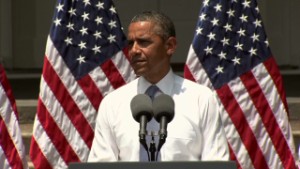 Obama plans 'assault' on climate change
Obama plans 'assault' on climate change 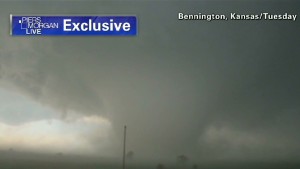 Skeptical environmentalist & a scientist
Skeptical environmentalist & a scientist  Global warming brings on more pollen
Global warming brings on more pollen With every passing year, the pool of total carbon dioxide emissions grows bigger, causing more warming -- and more warming leads to greater damages from climate, weather extremes like heat waves, heavy rainfall, and coastal storm surge, as well as altered crop yields, threats to human health, and increased risks of wildfire.
The first step? Address the root of the issue, and this is why the action Obama outlined is smart. The plan recognizes the breadth of the problem and focuses on a wide range of emissions sources. It also recognizes that not all the damages can be avoided and that building resilience needs to be a part of the package.
Taking action now is also cost-effective. Slowing and eventually stopping emissions will take time. The global energy system producing most of the carbon dioxide emissions is massive, and includes thousands of power plants and more than a billion vehicles. The components of the energy system are long-lasting: Cars are driven for one to two decades. Power plants are designed to run for up to a half-century. Buildings, which use energy for heating, cooling, lighting, and running equipment, can stand for a century or more.
As things stand now, these realities commit us to continuing emissions into the future. Each new coal-fired power plant that goes online or inefficient vehicle that hits the road extends that commitment. In principle, we can retire existing infrastructure -- like energy-inefficient buildings and carbon-intensive power plants -- early, but such a rapid transformation of an entire energy system would be exorbitantly expensive, essentially because it involves scrapping equipment that has not lived out its useful life.
Building the energy system for the 21st century ambitiously but gradually, starting now, controls the costs by building for the long run and by enabling markets to innovate and drive down costs.
Why is U.S. leadership so important? First, the United States has the necessary skills in science and technology, the tradition of innovation, and the mature capital markets to boldly seize opportunities. Building the energy system of the 21st century is perhaps the greatest business opportunity of the era. It will involve a wide range of technologies that emit little or no carbon dioxide, with greatly increased energy efficiency in vehicles, buildings, and equipment.
Second, the U.S. is the only nation that can truly focus the world's attention on the climate problem. When the U.S. hangs back, it is easy for other countries to question goals or get tangled in internal politics.
U.S. leadership is critical in supercharging the international effort. Today is the day to start.
Follow @CNNOpinion on Twitter
Join us at Facebook/CNNOpinion
The opinions expressed in this commentary are solely those of Chris Field.







